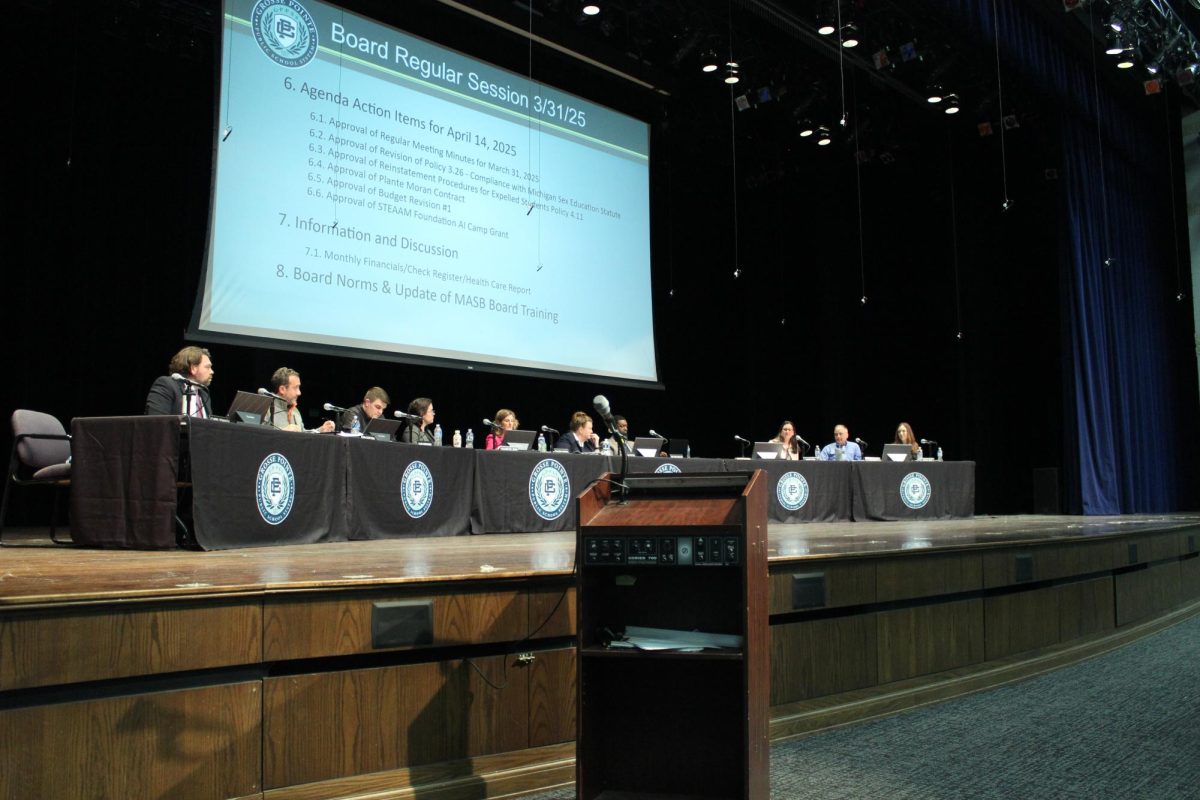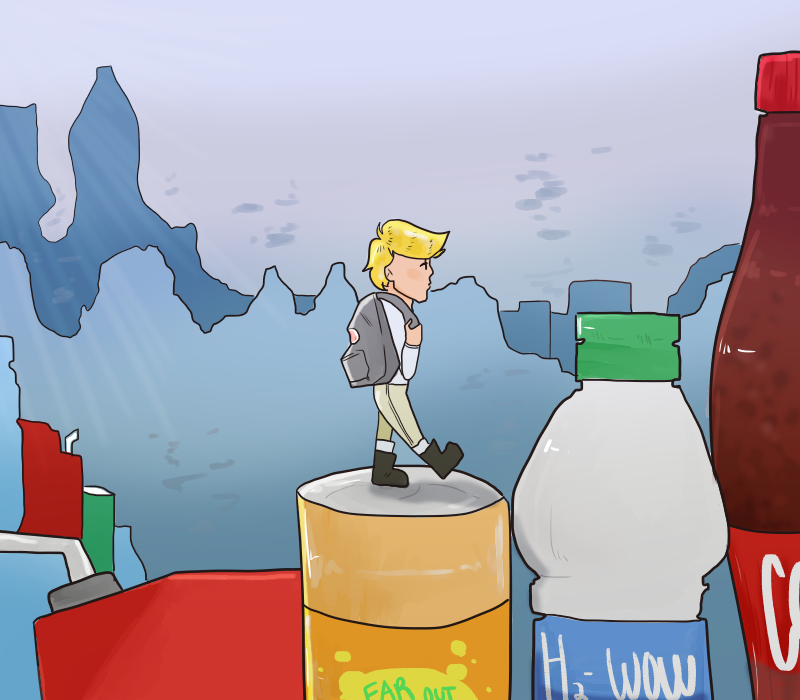How students can reduce their carbon footprint
May 17, 2018
Rising seas. Melting glaciers. Frequent heat waves. The release of excess carbon into the atmosphere can come with serious consequences that may hurt our planet.
However, each person is capable of reducing their carbon footprint, which is the amount of carbon a person emits into the atmosphere in their lifetime according to Earth science teacher, Lisa Bouda. Reducing this figurative footprint can greatly benefit the Earth and even your wallet. Unfortunately, for many students such as Kate Ennis ’21 it may be harder for teens to reduce their carbon footprint than adults, but there are still many ways for students to protect their planet as well.
“Instead of using a car to drive to places or any kind of motor transportation, I try to either walk, bike or use something that doesn’t affect the environment in a bad way,” Katie Bennert ’21 said.
But how exactly does the emission of carbon dioxide hurt our planet? According to Bouda, carbon dioxide is what we call a greenhouse gas and the shape of its molecule doesn’t allow the heat radiating from the Earth to escape into space. Therefore, it acts like a blanket and keeps the temperature higher. This can cause a series of problems such as droughts, famine and floods.
“This is [the younger generation’s] future so if we’re going to have a hotter planet we’re going to need to adjust to it. Things are going to change whether that’s water shortages or sea level rising or coastal flooding and things like that. It’s your generation that’s going to have to deal with that,” Bouda said.
For Bennert, biking is a great option for reducing her carbon footprint but there are still some things that are out of students control, such as what type of products they use.
“A lot of the things we use and buy are from our parents. You could tell them to not buy [environmentally harmful] stuff but they don’t always listen and sometimes the [environmentally friendly] stuff is more expensive and they’re the ones paying,” Ennis said.
A study conducted by retailmenot.com revealed that 61 percent of participants would only consider buying an environmentally friendly product if the cost was less or the same as a non-green product. On the other hand, 78 percent of respondents said they would do something smaller like turning the water off when it’s not in use in order to be more eco-friendly.
“It’s tough for students. Of course, just saving gas [reduces your carbon footprint] so taking a bike instead of driving a car, turning things all the way off, not leaving your tablets on and your phones on, and things like that. Saving electricity is probably the biggest [way to reduce your carbon emission] and that involves a lot of different things.”
Bouda added that people don’t realize how big their carbon footprint is. For example, people don’t know that when electronics are plugged in they are still using electricity. However, Ennis admits that laziness also plays a role in the size of your carbon footprint.
“I would say that if you’re lazier you would probably have a higher carbon footprint because it’s easier to not think about what you’re emitting into the atmosphere and once you do think about it and realize what you need to stop doing, it’s kind of hard to [change your habits],” Ennis said.
Another easy way to reduce your carbon emission is by keeping the thermostat lower in the winter and reducing air conditioning in the summer, according to Mairin Heimbuch ’21.
“The environment is important because we’re going to be living on this world for a very long time,” Bennert said. “I want to be able to take care of it for future generations to come.”














































































